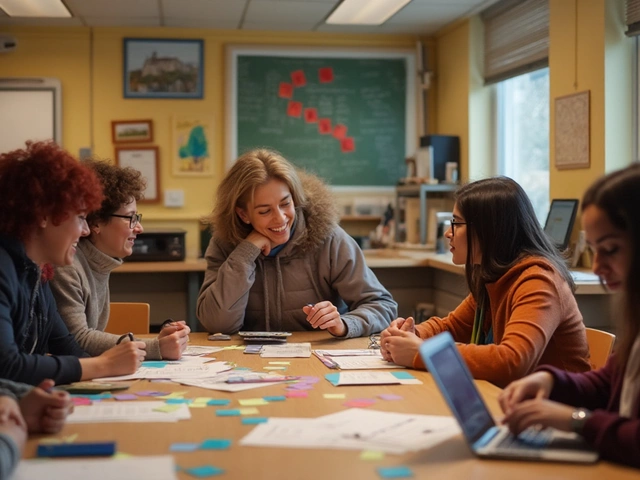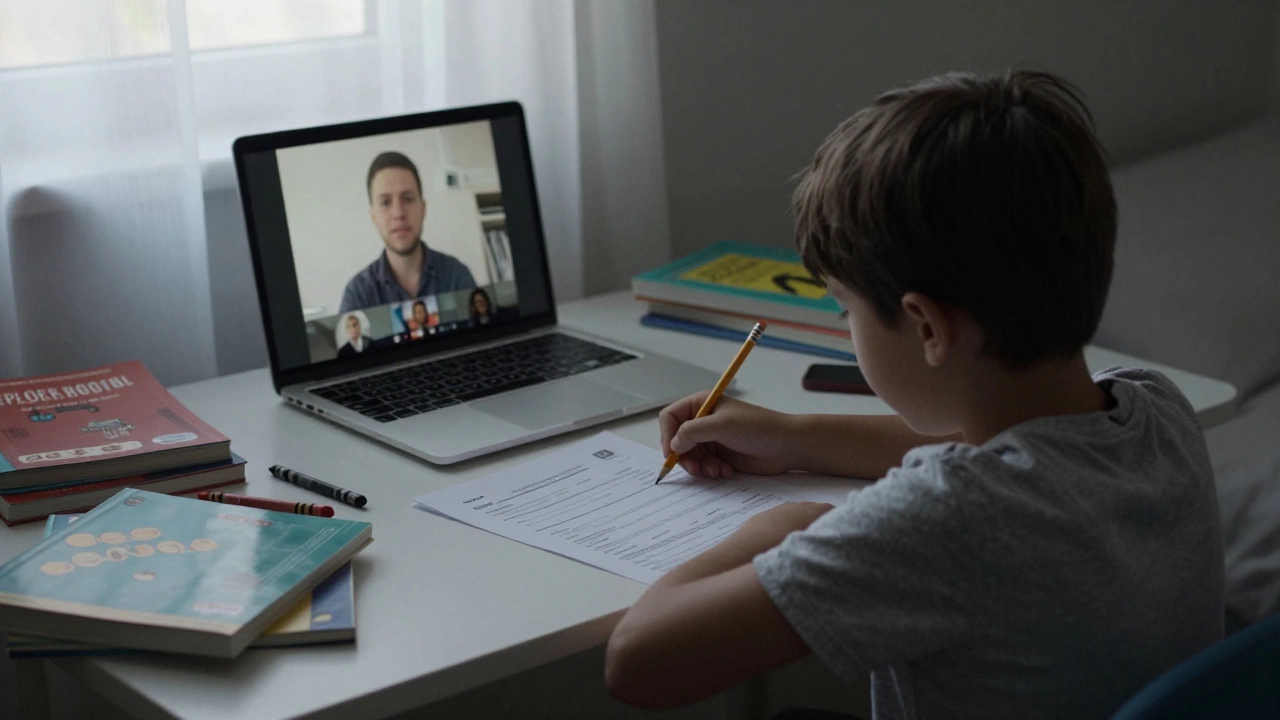Remote Learning Made Simple: Tips, Tools, and Real‑World Advice
Remote learning isn’t just a buzzword – it’s how millions of people study, work and grow every day. Whether you’re a student, a parent helping a child, or a professional brushing up skills, the right approach can turn a blurry experience into a clear success.
First off, set up a dedicated space. A quiet corner with a comfy chair, good lighting and a tidy desk tells your brain it’s time to focus. You don’t need a fancy office; a kitchen table works fine as long as it’s clutter‑free.
Pick the Right Tech Without Breaking the Bank
Most remote lessons run on Zoom, Teams or Google Meet. Test your camera and mic before the first class – a quick check avoids awkward “Can you hear me?” moments. If your internet is spotty, consider a wired connection or a cheap 4G hotspot; the stability boost is worth the few extra pounds.
When it comes to note‑taking, digital tools beat paper for many people. Apps like Notion, OneNote or even a simple Google Doc let you organize thoughts, add links and share with classmates instantly. If you still love pen‑and‑paper, scan your pages with a phone app and store them alongside your digital notes.
Stay Engaged and Beat Distractions
Remote learning can feel lonely, so treat each session like a real class. Turn on your camera, participate in chat, and ask questions. The more you interact, the easier it is to retain the material.
Schedule short breaks every 45‑50 minutes. A quick walk, stretch or water sip resets your focus and keeps fatigue at bay. Use a timer – the Pomodoro method works well for many learners.
It’s also helpful to block out “do not disturb” time on your phone. Put social apps in a separate folder or use built‑in focus modes. You’ll be surprised how much more you get done.
Our tag page gathers articles that dive deeper into these ideas. Curious about the average age of online students? Check the “Average Age of Online Students” post for eye‑opening stats. Looking for remote job ideas? The “Does Amazon Really Pay You To Work From Home?” guide breaks down legit options.
If you’re a teacher or parent, “Practical Strategies for Supporting Children with Special Needs” offers concrete ways to adapt lessons for every learner. And for anyone wondering how to stay motivated, the “Fastest Teacher Training Program” article shows fast‑track routes to new credentials – perfect for remote study.
Don’t forget the power of community. Join a study group on Discord or a Facebook page dedicated to your course. Sharing notes, swapping tips and simply chatting can make remote learning feel less isolated.
Finally, track your progress. A simple spreadsheet with columns for “Date”, “Topic” and “Confidence Level” gives you a visual boost and highlights areas that need a second look.Remote learning works best when you blend good habits, reliable tools and a dash of social support. Follow these steps, explore the related articles on our site, and you’ll find that studying from anywhere can be just as effective – if not more – than sitting in a traditional classroom.








